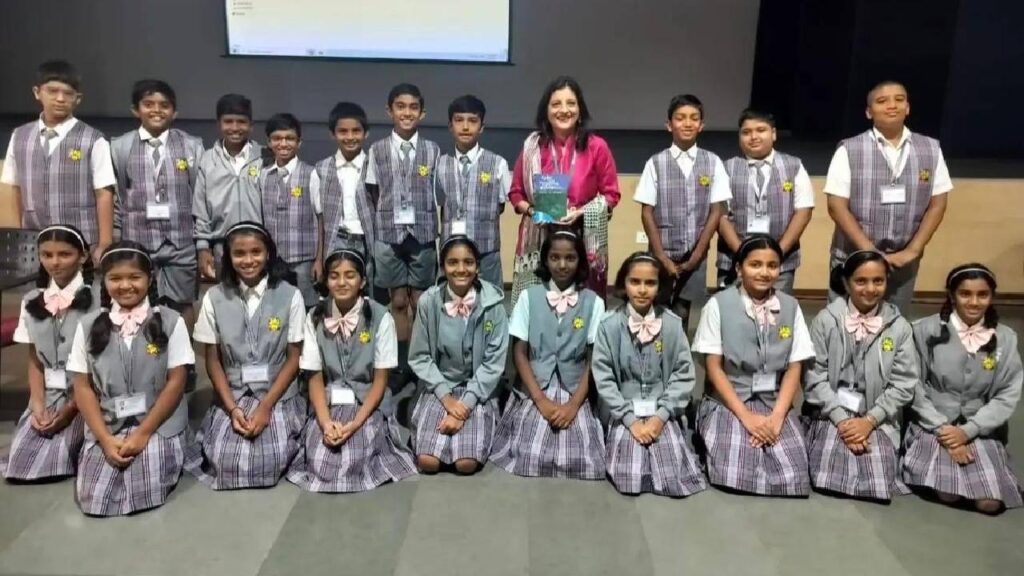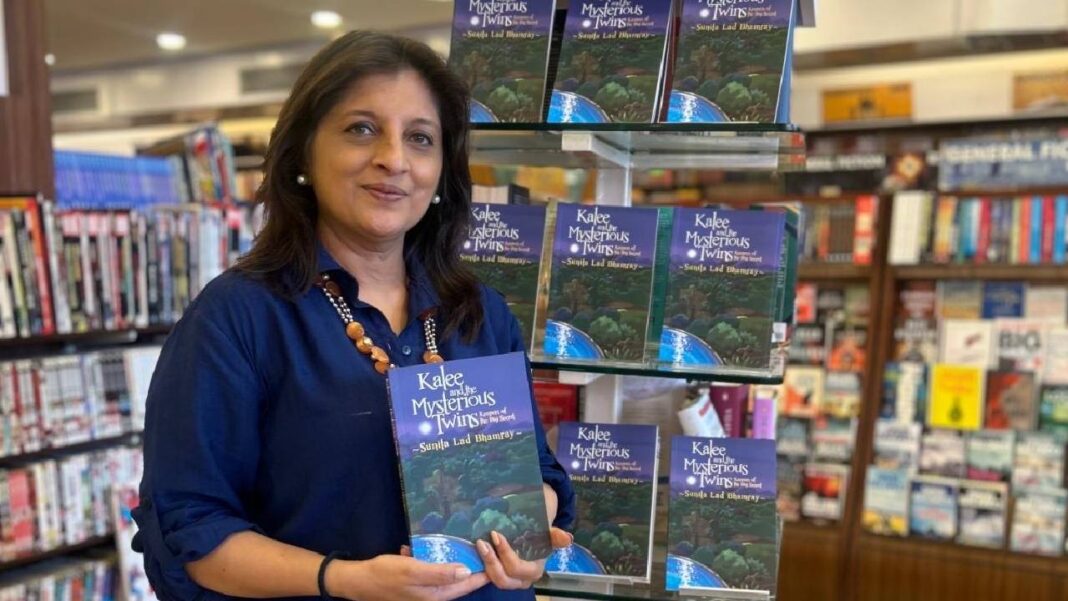In an age where climate crises and environmental devastation have become global headlines, raising children with a deep appreciation for the natural world has never been more urgent. While the education systems and activism often focus on facts and warnings, there is a pleasant, more imaginative path that fosters love and understanding of nature: fictional storytelling. Fictional story books for children have long been a powerful tool to teach values, inspire empathy, and build worldviews among the young minds. When stories weave in the rhythms of the Earth, the voices of animals, and the beauty of natural systems, they do more than entertain—they nurture environmental awareness and forge emotional connections with the planet.
Stories as Emotional Gateways
It is a proven fact that young minds grasp abstract concepts best through emotion and metaphor. Fictional stories offer just that—emotional gateways into complex subjects. When a child follows the journey of a talking tree, a brave bee, or a disappearing forest, they’re not just consuming a plot, they’re building empathy for the ecosystems and the creatures within them.
Through personification of nature and the various elements in it, that is by giving animals and landscapes thoughts, feelings, and voices, stories allow children to see the world through the eyes of “the other.” This fosters compassion, curiosity, and a sense of kinship with all living things, which are crucial foundations for environmental consciousness.

Many ecology-themed stories portray nature not just as a backdrop but as a character in its own right, alive, responsive, and sacred. Whether it’s a majestic forest under threat or a wise ocean guiding lost creatures home, nature becomes a friend, a teacher, or a home worth protecting. These narratives inspire wonder, which is a more powerful motivator than fear.
From Page to Practice
Unlike textbooks, which may overwhelm young readers with data and doom, stories engage through plot, imagination, and hope. They translate complex environmental ideas like biodiversity, climate change, and interdependence into relatable, memorable experiences. A fictional drought caused by a missing rain spirit, for example, can introduce the water cycle in a way no diagram could. Many children who read environmentally-themed fiction carry its messages into their daily lives. Whether it’s choosing to recycle, planting a tree, or simply spending more time outdoors, stories inspire real-world actions. Fiction can give young readers a sense of agency: the belief that they, too, can be heroes in the ongoing story of Earth.
These stories work not by preaching, but by planting seeds—seeds of empathy, curiosity, and responsibility. And just like real seeds, they often grow unnoticed, blooming into lifelong values.
Choosing and Creating the Right Stories
For parents and educators, selecting the right stories can make all the difference. The most impactful tales often centre nature as an active participant, not just scenery. They are age-appropriate, inclusive, and rooted in wonder, not guilt. They highlight both the beauty of the natural world and the child’s potential to protect it. It’s also important that these stories reflect diverse voices and ecosystems. Indigenous storytelling traditions, for example, are rich with ecological wisdom passed down through generations. Including such narratives deepens children’s understanding of both nature and cultural perspectives.
Conclusion: Planting the Seed of Stewardship
In a world where children are increasingly disconnected from nature, spending more time indoors and online, fiction offers a bridge. A good story doesn’t just inform; it transforms. It invites young readers to care, to question, and to imagine a better world.
Ultimately, the stories told in childhood shape how one sees the Earth as an adult. By embedding environmental themes into the fictional worlds children love, society can cultivate a generation that not only understands the natural world but feels a deep and abiding connection to it.
Because before anyone can protect something, they must first learn to love it, and stories are where that love often begins.
(By Sunita Lad Bhamray, Author)




